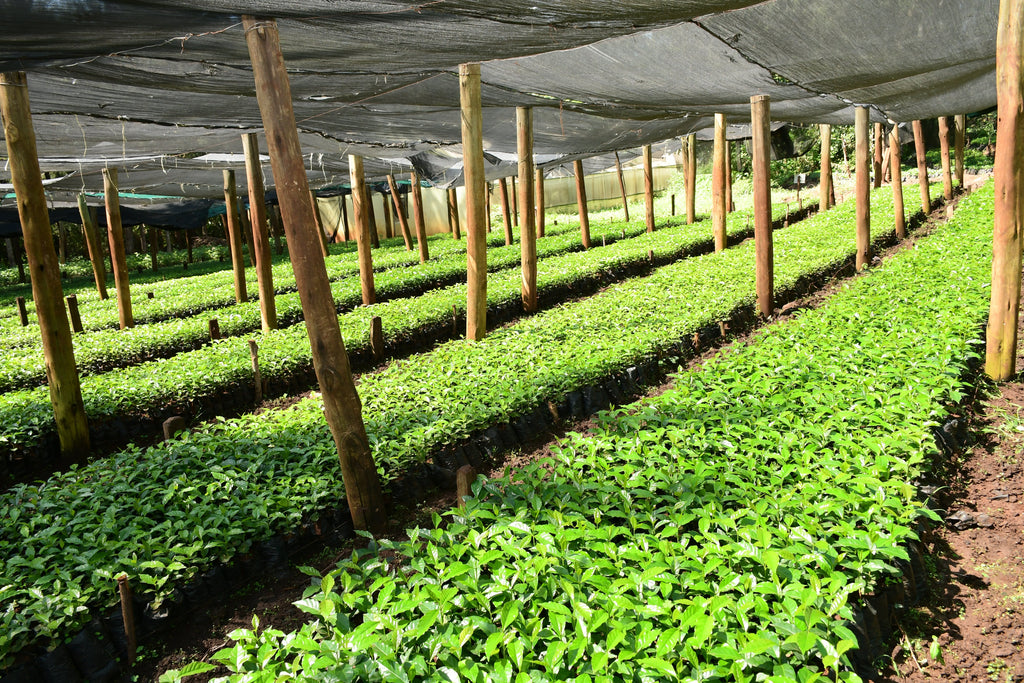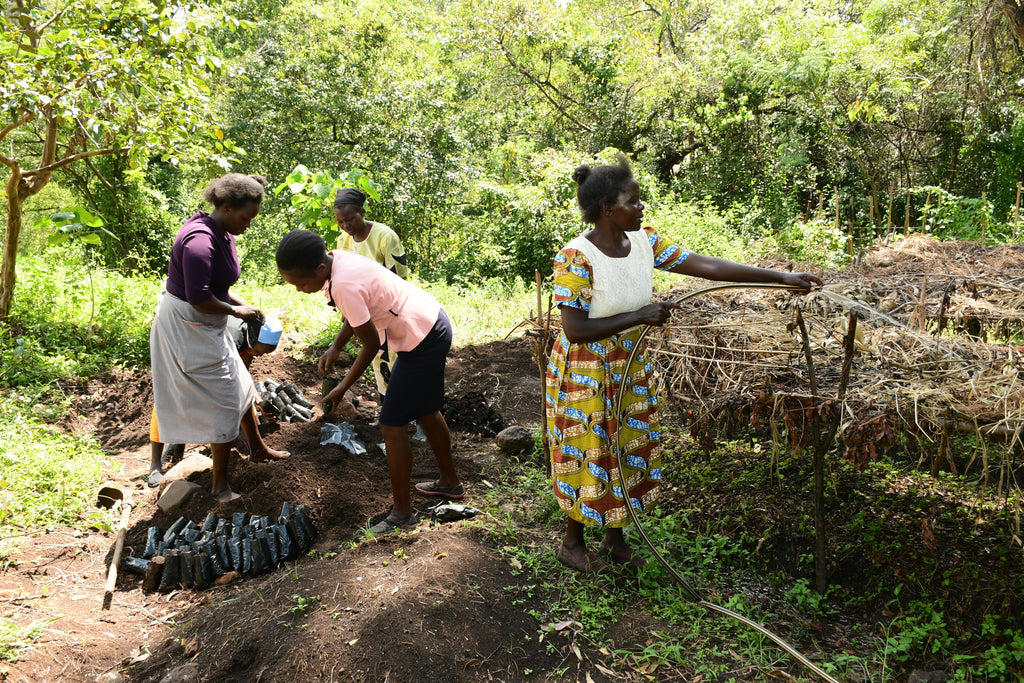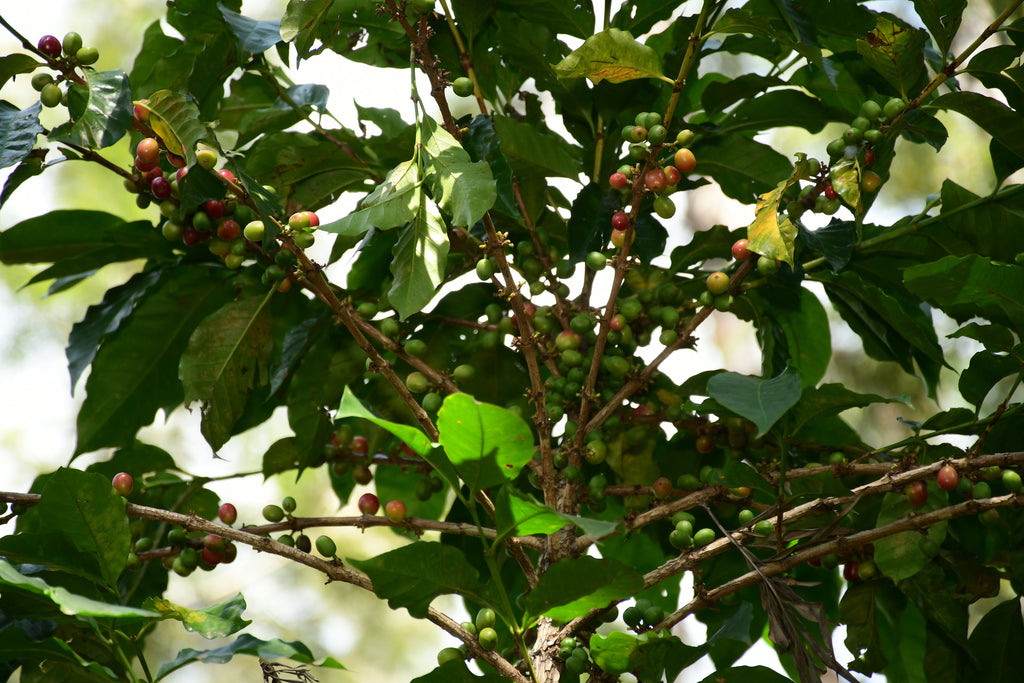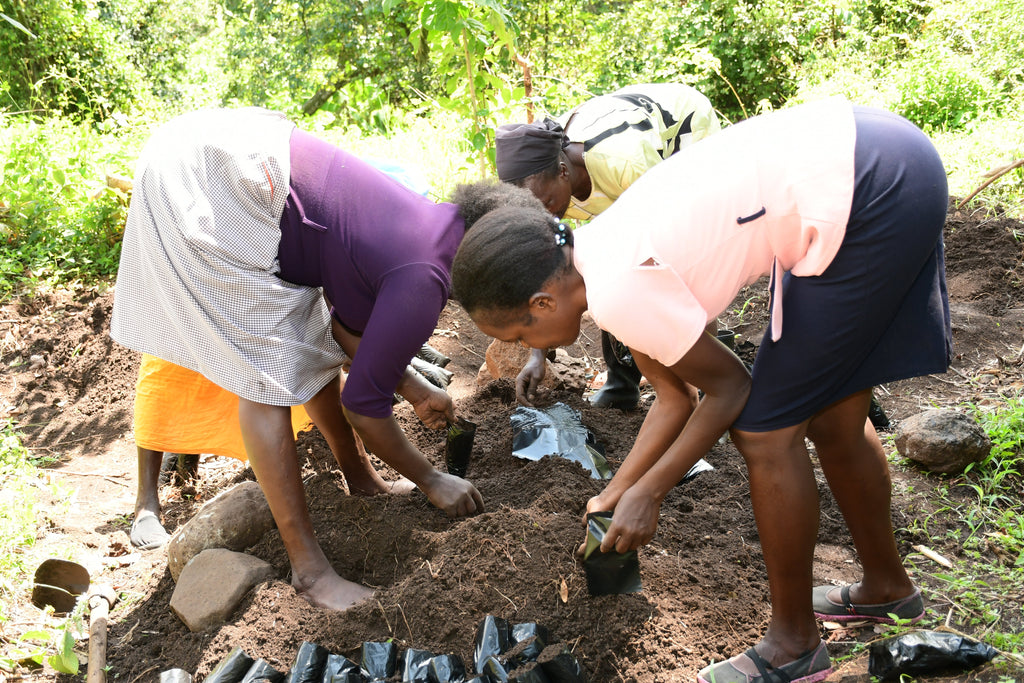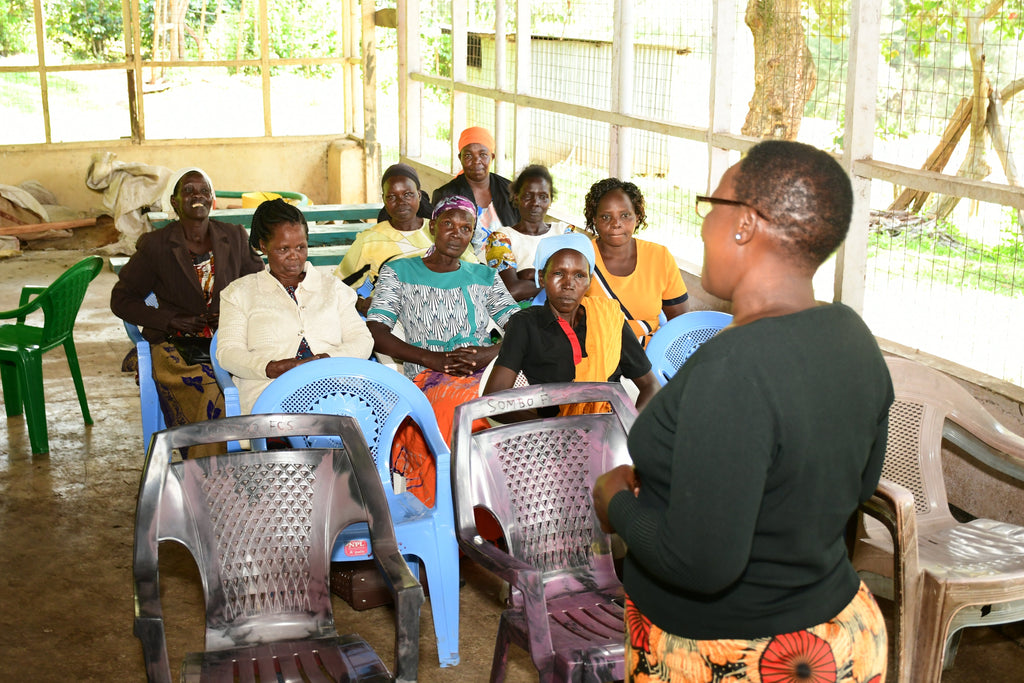
Sipping Sustainably: Understanding the Environmental Impact of Your Coffee Routine

Introduction:
In today's world, where environmental awareness is paramount, even our daily habits like enjoying a cup of coffee can have a significant impact on the planet. From the cultivation of coffee beans to the disposal of coffee cups, every step of the coffee supply chain contributes to its environmental footprint. In this insightful blog, we'll delve into the environmental implications of coffee consumption, explore sustainable sourcing and production practices, and provide practical tips for reducing the environmental impact of your coffee habits.

Understanding the Environmental Footprint of Coffee Consumption:
Coffee is one of the most consumed beverages globally, but its production comes with environmental consequences. The cultivation of coffee beans often involves deforestation, habitat loss, and the use of chemical fertilizers and pesticides, contributing to biodiversity loss and soil degradation. Additionally, the processing, packaging, and transportation of coffee further exacerbate its environmental footprint, emitting greenhouse gases and generating waste along the way. By understanding the life cycle of coffee, we can make more informed choices to minimize its environmental impact.

Exploring Sustainable Coffee Sourcing and Production:
Fortunately, there is a growing movement towards sustainable coffee sourcing and production practices. Many coffee producers are adopting environmentally friendly techniques such as shade-grown cultivation, organic farming methods, and fair trade initiatives. Shade-grown coffee preserves biodiversity by maintaining forest canopy cover, while organic farming avoids synthetic chemicals, promoting soil health and reducing pollution. Fair trade certification ensures that coffee farmers receive fair wages and work under humane conditions, fostering social equity and economic sustainability. By supporting brands that prioritize sustainable sourcing and production, consumers can contribute to positive environmental and social outcomes in coffee-growing regions.

Tips for Reducing Your Coffee's Environmental Impact:
As consumers, there are several steps we can take to minimize the environmental impact of our coffee habits. Opting for reusable coffee cups and tumblers instead of single-use disposable cups reduces waste and conserves resources. Choosing coffee brands that prioritize sustainability certifications like Rainforest Alliance or USDA Organic ensures that your coffee has been produced with environmental and social responsibility in mind. Additionally, consider reducing your coffee consumption or brewing smaller portions to avoid waste. By making these simple changes, you can enjoy your coffee guilt-free while minimizing your ecological footprint.

Case Studies of Eco-Friendly Coffee Practices:
To inspire and inform, let's explore some real-life examples of companies and individuals leading the way in eco-friendly coffee practices. From coffee roasters investing in renewable energy to cafes implementing zero-waste initiatives, there are countless innovative approaches to sustainable coffee. We'll highlight success stories from around the world, showcasing how small changes can make a big difference in promoting sustainability within the coffee industry.
Conclusion:
In conclusion, sipping sustainably goes beyond just enjoying a cup of coffee—it's about being mindful of the environmental and social impacts of our choices. By understanding the environmental footprint of coffee consumption, supporting sustainable sourcing and production practices, and adopting eco-friendly habits, we can all play a part in creating a more sustainable coffee culture. Let's raise our mugs to a future where every sip is a step towards a healthier planet. ☕🌱




